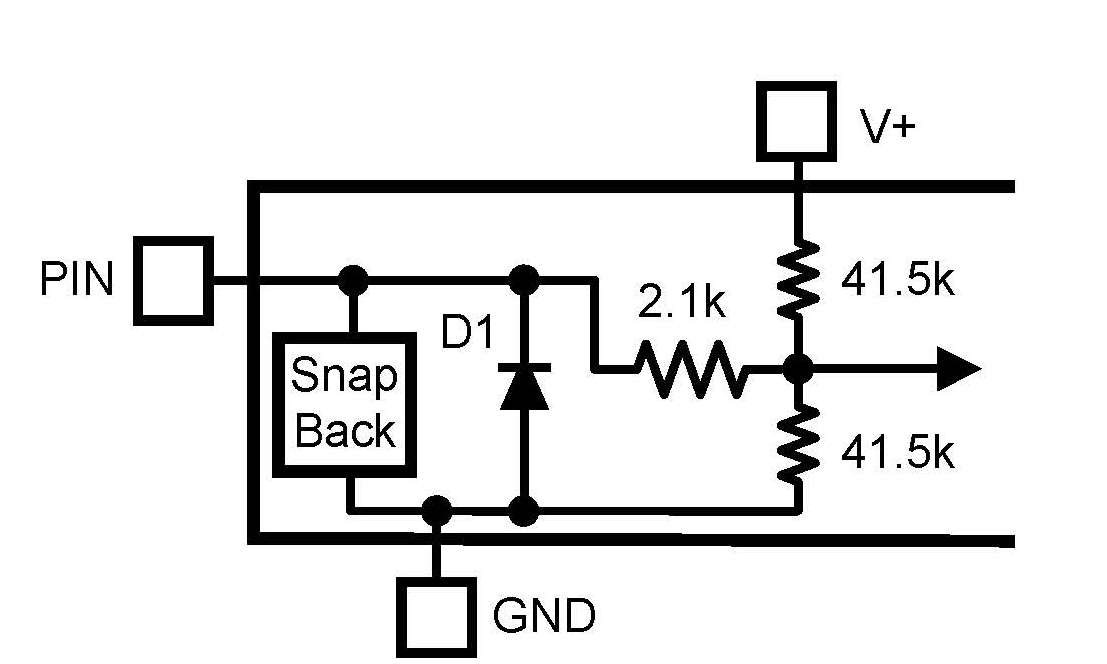When ADDR0 or ADDDR1 is floating in order to sit at one of the tri level addresses it eventually holds SDA low if continually reading the ADC register.
Reading any other register and it is stable.
If I ground the Analog input , it is stable.
If a place a low impedance divider network on the ADDR0 or 1 inputs, it eventually holds SDA low.
Only if I connect the ADDR0/1 lines to VA or ground, is it stable.
If I just connect a capacitor to the ADDR0/1 inputs, it is stable but the ADC reads all zeros!!
The ADC101C021 does the same but the ADC081C021 works!
There are no glitches on the I2C bus and the rise time is 200ns and it is running at 100KHz.
Increasing decoupling makes no difference and it is sitting on a ground plane.
The ADDress inputs seem to be related to the analog input? Is there a solution to this behaviour?


